Right, where do I even begin? Firstly, hello Hive – it’s been a while. Friends from Germany came to stay, and then my mother, who grew up in Stirling but now lives in New Zealand, visited me. I put off posting in place of being present. Quality time with my mum… occasions like these don’t come by often enough – a rather surreal opportunity as an adult. Ach, I so loved having her here. The last time we tripped together I was 21, barely out of my teens. Found there were many supposedly “unique” mannerisms of mine that clearly mirrored hers, haha, which goes to show how much of us is inherently our parents.
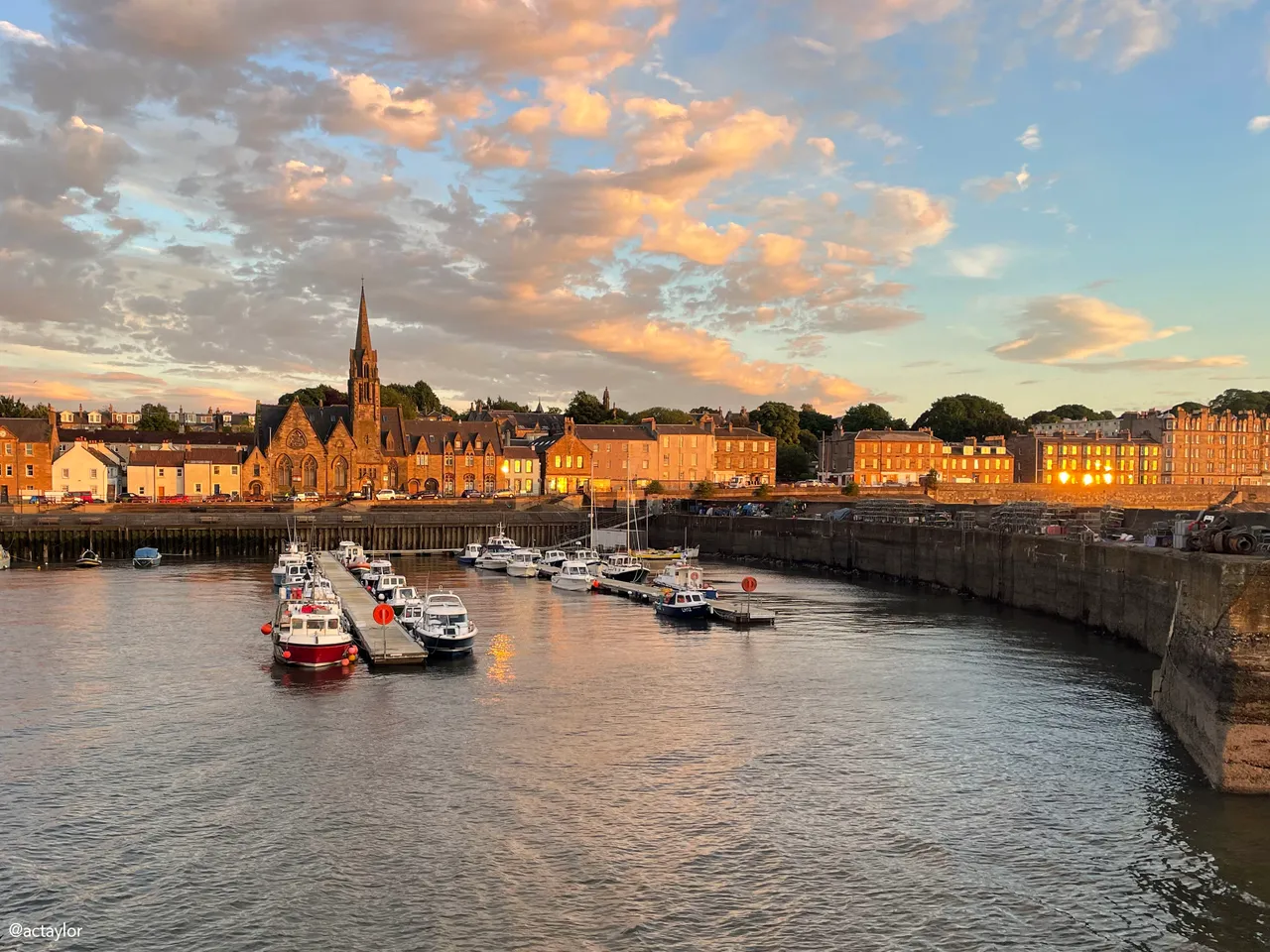
We spent most of the last few weeks intensely catching each-other up on life experiences. And, asides from dishing out much needed advice and support - we also had a few laughs... Mostly when learning about mum's past growing up in Scotland listening to the likes of Billy Connolly's D.I.V.O.R.C.E. I'll share a few more bangers with you in the following posts...
 Billy Connolly - Divorce > source
Billy Connolly - Divorce > source
I'm going to try and summarise our adventure in three posts, aiming to capture as best I can an incredible itinerary that might inspire some of you to follow in our footsteps. These entries will also preserve my special moments on the blockchain for future reflection – I never want to forget these precious memories with mum. The places we visited were recommended by locals, colleagues, and Peter Irvine’s book “Scotland the Best” – a must-have guide if you’re planning a trip here. Irvine’s book became a trusted travel companion and I couldn’t recommend it more.
There’s so much of Scotland I want to share with you! While I can't cover everything we did on our adventures, I hope to entice you to visit this land of heart and soul.
Let’s begin in the Scottish Borders with the magnificent…
Abbotsford House: the magnificent home built by Sir Walter Scott, lived in until his death, stands as a testament to his life and work. My great aunt June Carey illustrated Folio Society's "Rob Roy". I'd like for to consider donating the original pastels to this place. Scott transformed a farmhouse into a grand residence, reflecting the countryside he popularised. Once the world's most successful novelist, Scott practically invented the romantic image of Scotland and, in so doing, tourism. A recent restoration has returned the house to its original grandeur – it’s exactly as he left it, with strollable pristine gardens offering a peaceful retreat, nestled along the Borders Abbeys Way. Was not thrilled by the trophies lining the entrance hall walls, but Scott’s incredibly vast library - trumped only by the love he had for his cat, aptly named 'Hinse of Hinsefeldt' - placated me.
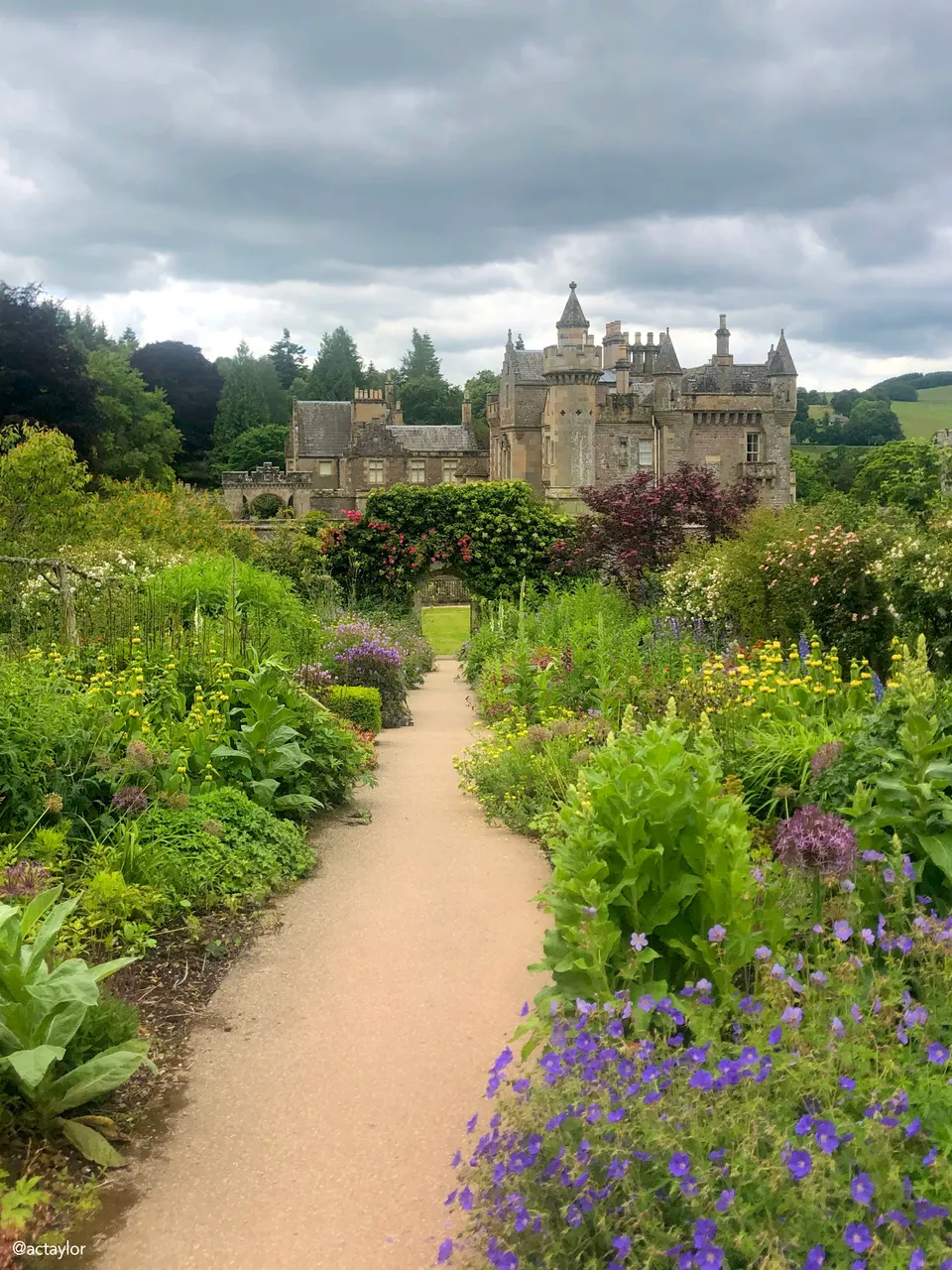
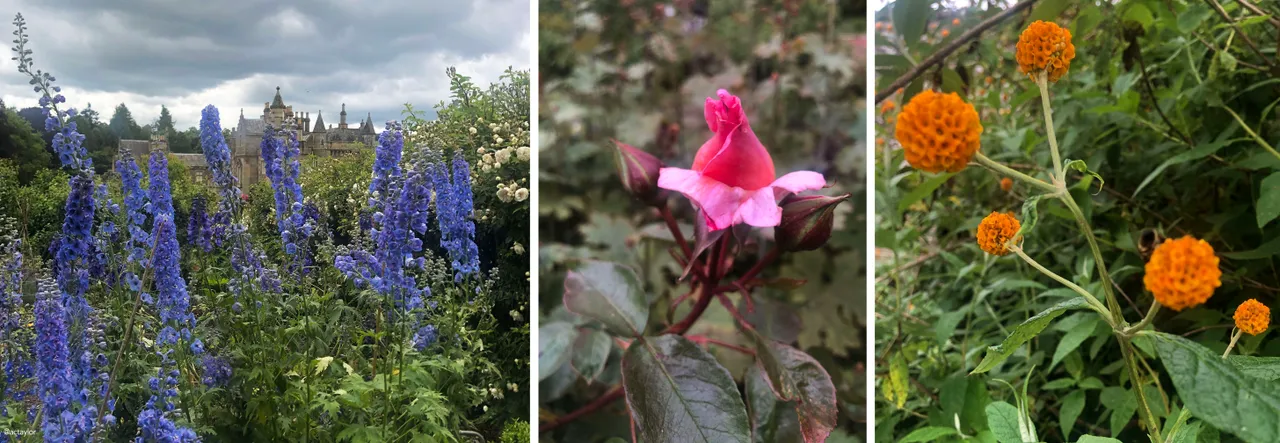
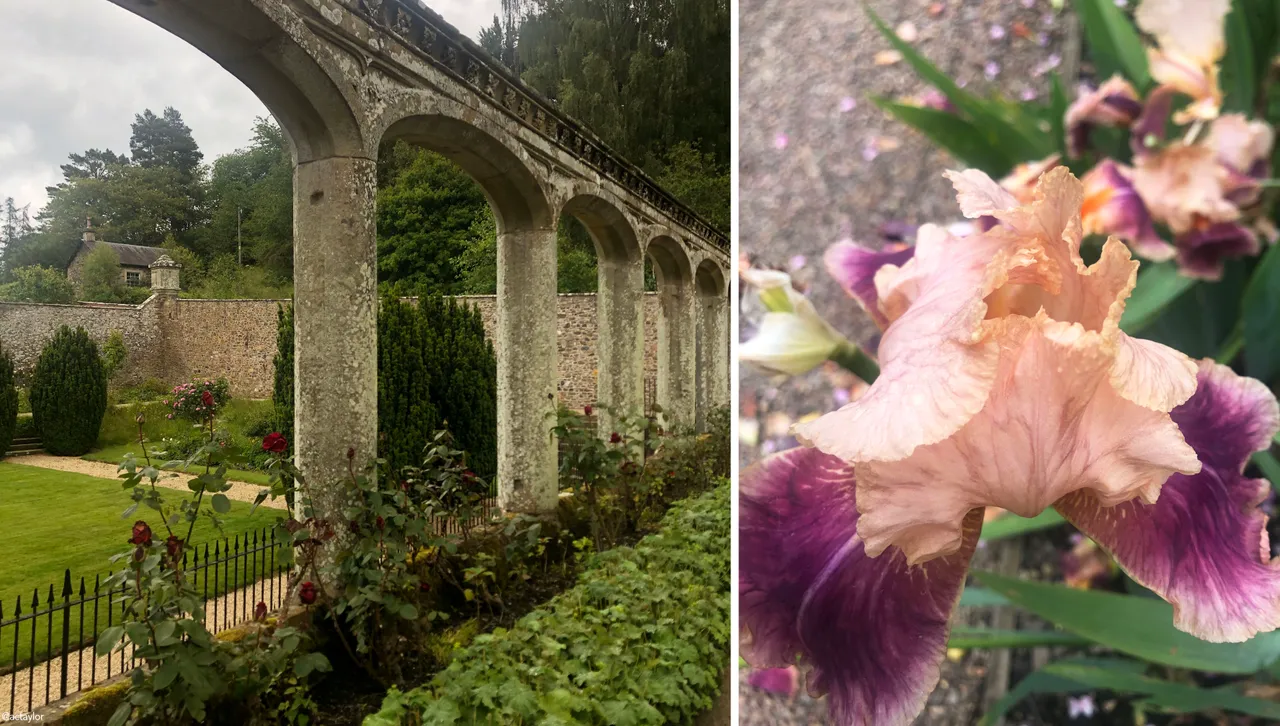
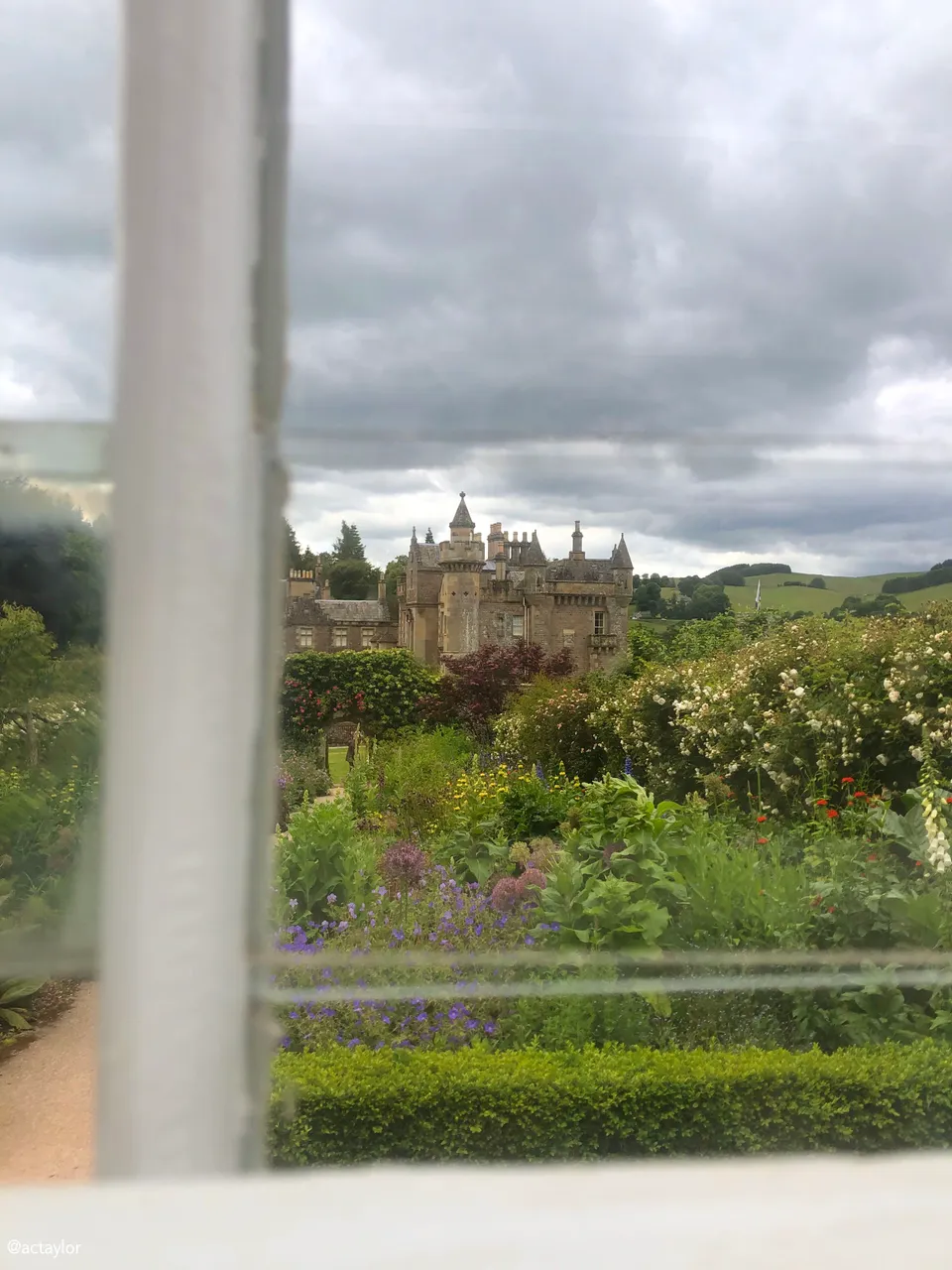


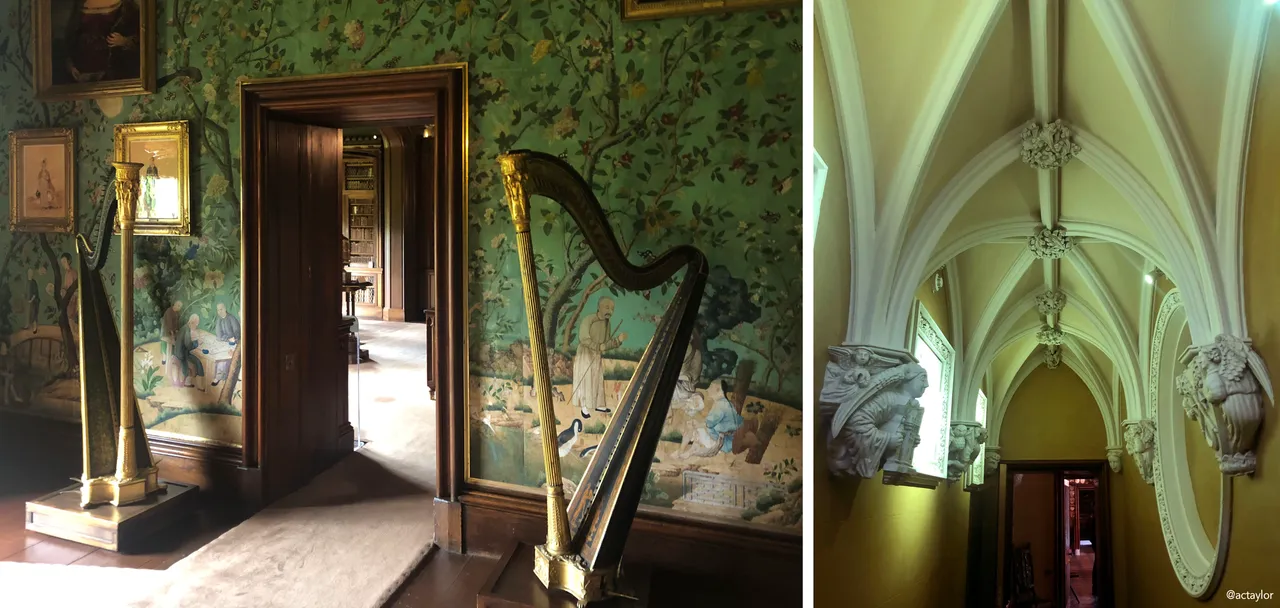
We then drove to the village of Melrose in search of food near the Abbey built by David I in 1136 for Cistercian monks from Rievaulx. If you wander around the ruins today, you’ll see beautiful carved angels, saints and even a bagpipe playing pig. Asides from being the burial place of Michael Scott the wizard with his magic books, it might also be the final resting place of Robert the Bruce’s heart. It once sustained a huge community, as evidenced by the widespread excavations. There’s a museum of abbey, church and Roman relics here. Eden Café on the corner is where we had our lunch.
I will always remember this café fondly because it was here, two days after mum’s arrival, that I received the long-awaited call… “Are you sitting down? Good. You got the job.” The position I’d applied for many moons ago came through. Not only had the visa been passed, but there was a pre-approved two-year extension on my role as well! It’s unfathomable to me… My immediate response was to bust into floods of tears and begin shaking like a leaf – and my dear mum mimicked me, haha. I'm so happy I could share that moment with her! The thing is, several years of continuous employment is a rarity in my field of paintings conservation. This marks the beginning of a permanence! The news set the tone for my holiday with mum; a jubilant, beautiful, stressless trip.
Our journey through the Kingdom of Fife began in Perth. We barely lingered here – only stopping by in search of a cooler box for the cheese we’d already begun to accumulate. Mum was in desperate need for a good coffee after I’d encouraged her to take a thirty minute detour to Inchture’s Horse Shoe Café – where the coaster has more taste than the coffee but its quirkiness and friendly staff win out. The thing is, haha, it’s a trucker café – not exactly up mum’s street but bloody brilliant. Although we never visited the traditional tea room Effie’s, I’d recommend it after a quick glance through the window. Instead we ordered takeaways from Willows – not fantastic, but it would do.

Falkland: this charming village in Fife features Campbell's in the main square, a delightful spot. We sat in for tea and scones, overlooking the Tyndall Bruce monument which featured in the first episode of Outlander – something I didn’t realise at the time but recognised instantly when rewatching the beginning of season one with mum! Falkland Palace is just down the road. This hunting lodge of the Stewart dynasty is not a castle but a significant landmark in Scottish history nonetheless. Despite its recreational rather than political role, it still happens to be one of the landmark buildings in Scottish history – full of scandalous stories involving Mary of Guise, James V and their daughter Mary Queen of Scots, as well as Cromwell, Charles I and his son Charles II. We heard all from our brilliant guide who had a weakness for 16th century gossip. At this point in time Falkland was the finest Renaissance building in Britain: a royal retreat for archery, falconry, and hunting, and it also features displays on Royal Tennis. Still occupied by the Crichton-Stewarts, the house is dark, rich, and evocative of the days of “dancing and deray at Falkland in the Grene.”
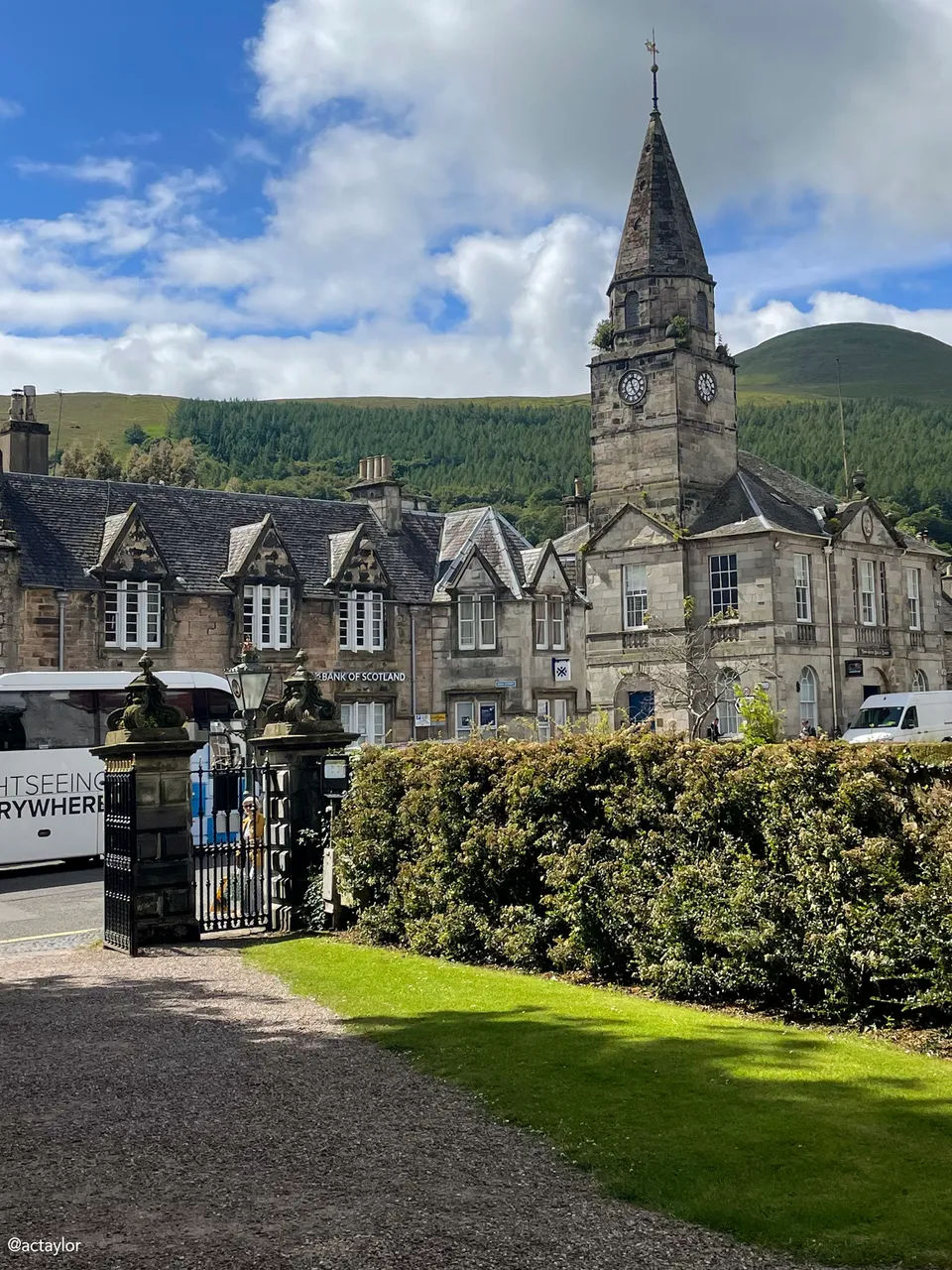
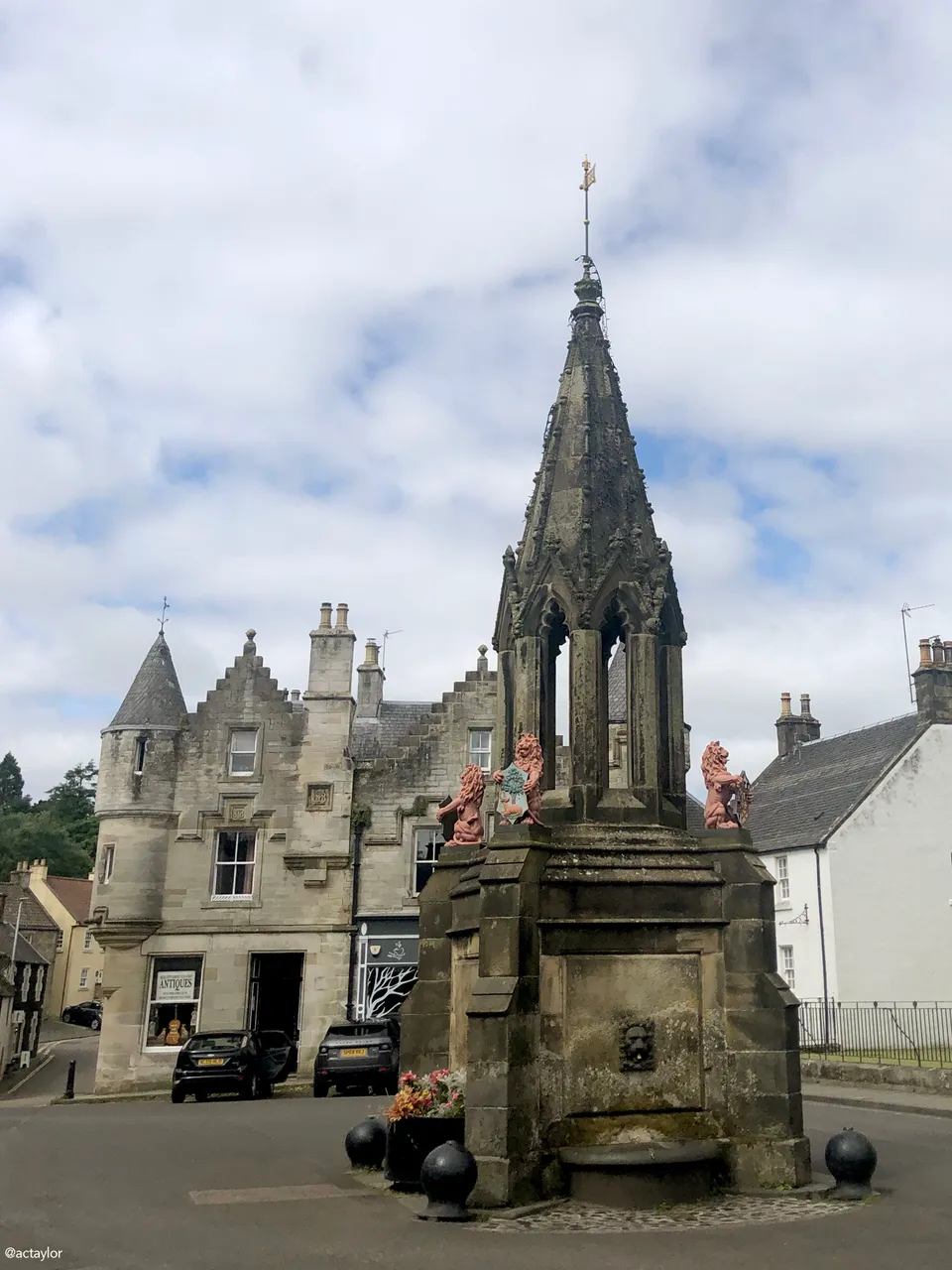
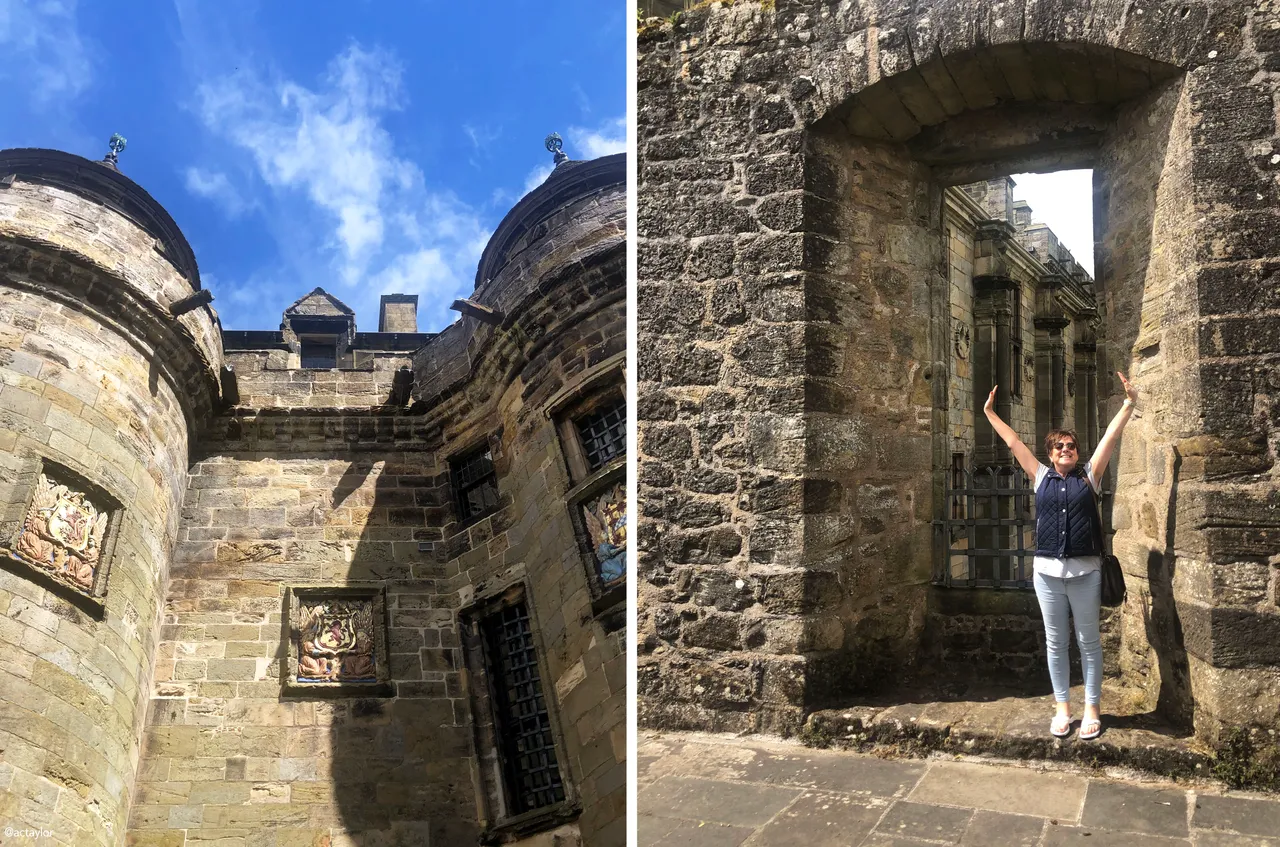
East Neuk Villages: these quintessentially quaint fishing villages line the coast of Fife, forming the mouth of the Firth of Forth. Notable villages include Crail, Anstruther, Pittenweem, St. Monans, and Elie. Although all came recommended, we went out of our way to spend time in Crail: a charming village. The Crail Harbour Tearoom is a perfect spot for a break on the road to the harbour. We both enjoyed a soup here, admiring the works by gallerist D.S. Mackie. There is a lovely, sheltered terrace overlooking the shore here. And Crail Pottery, located at the foot of Rose Wynd and signposted from the main street, is another must-visit. Set in a tree-shaded Mediterranean courtyard with an upstairs attic, it offers a cornucopia of beautiful and useful ceramics made by the talented Grieve family since 1965. The nearby harbour is one of the most romantic neuk in the Neuk.
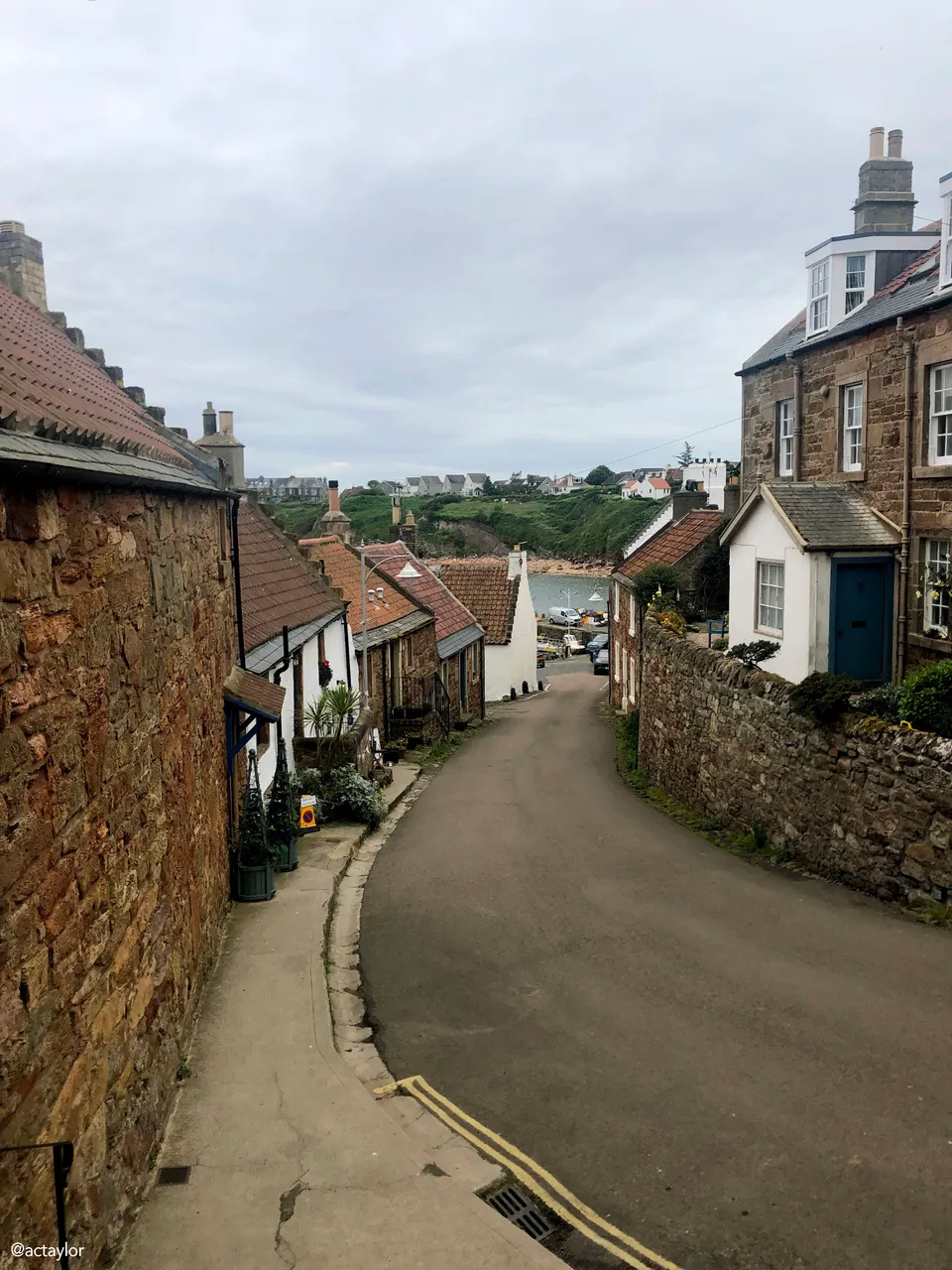

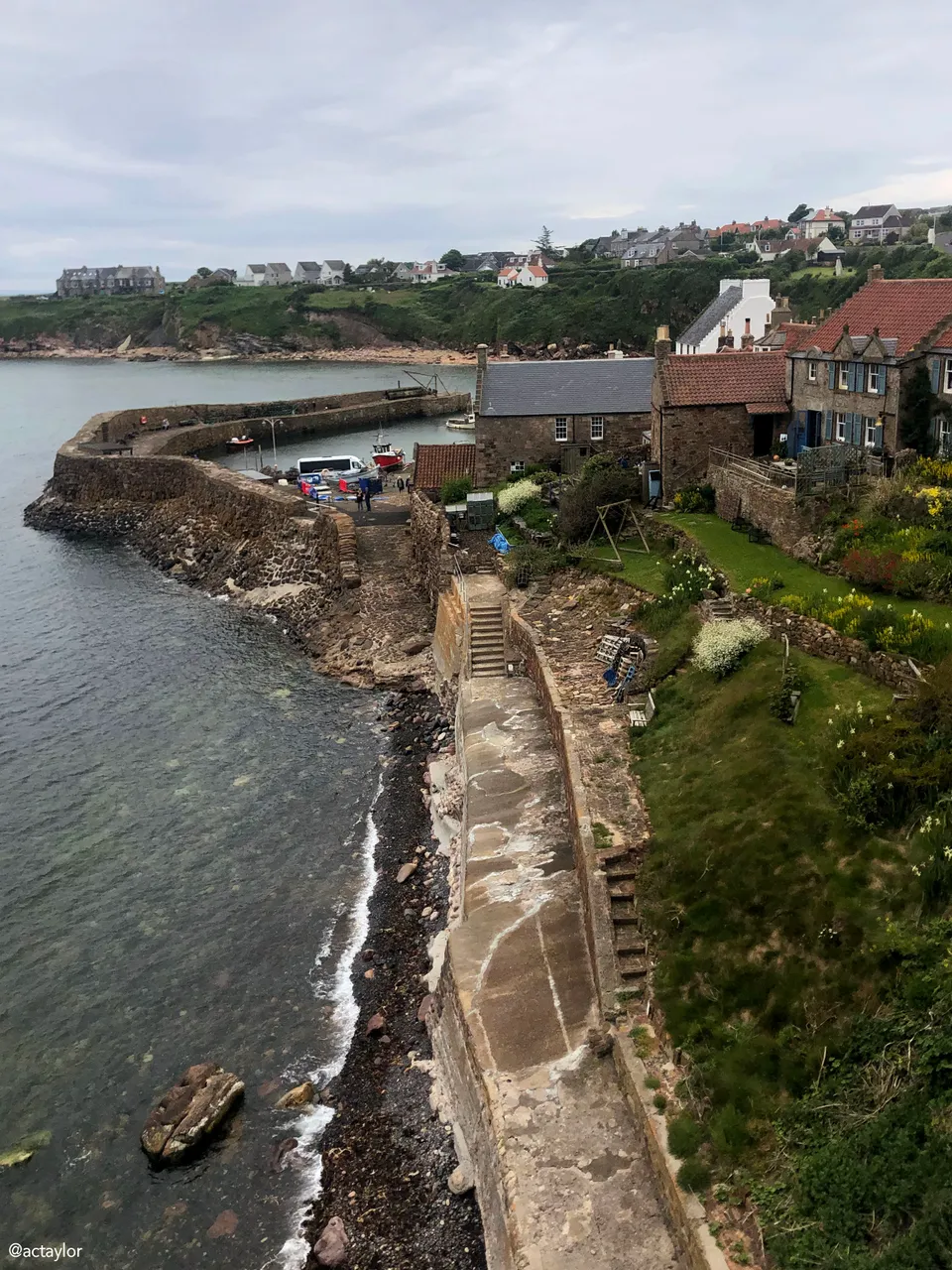
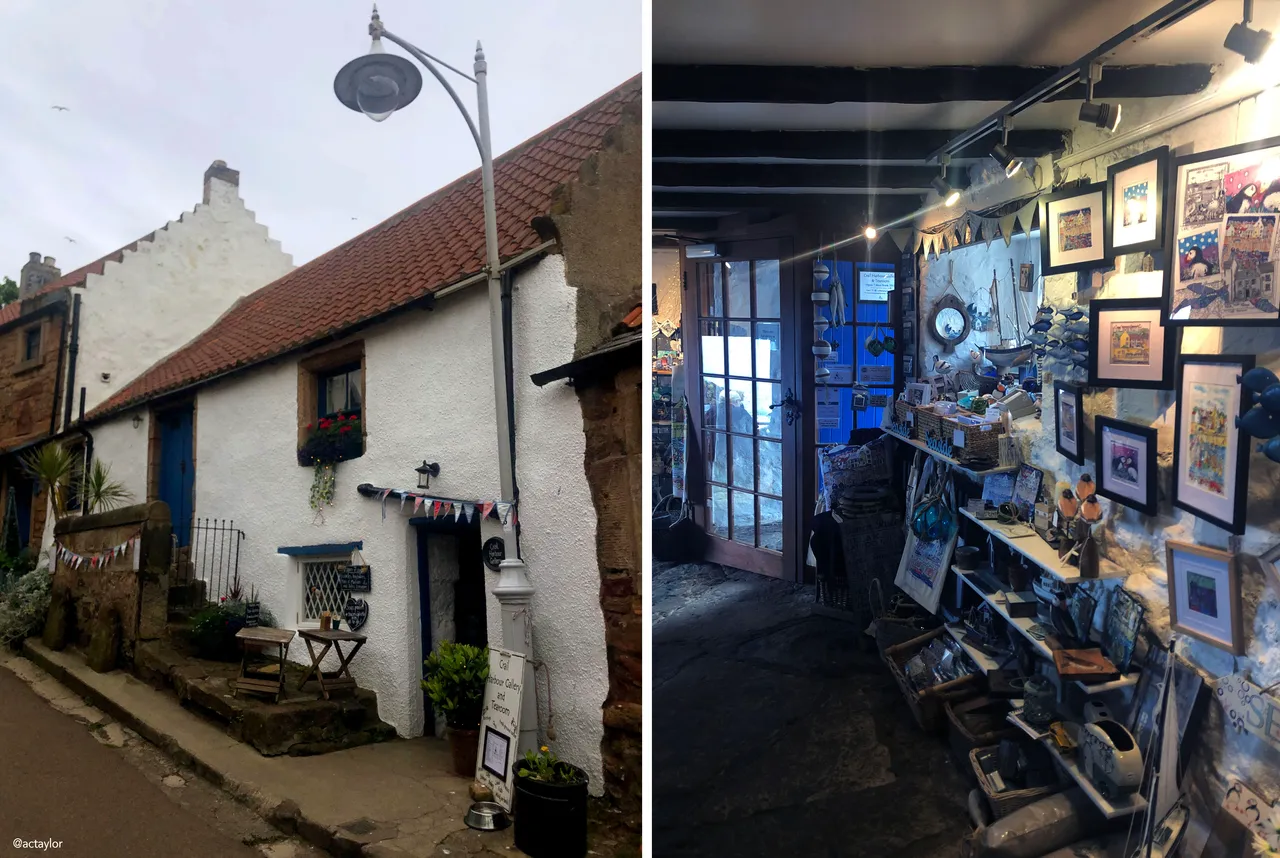
On the way to our accommodation in Pitlochry we passed by Dunino Den in Strathvithie, near Crail. It certainly deserves a mention! You can find it by following the pathway on the left side of the church, which was likely built on an ancient stone-circle site as some stones date back to 800 AD. The forest track leads to a promontory above the Kinaldy Burn. The pools here are reputedly where druid priests made human sacrifices to appease the gods. Descending steps take you to a narrow gorge known as the Den, where a Celtic cross is carved into the rock – impossible to miss. More tricky to find is the carving og a bearded face. This is a powerful and spooky place, steeped in ancient mysticism believed by many to be haunted by fairies and other creatures of Celtic legend. Pagan pilgrims venturing to the site leave offerings of all kinds hanging from the trees and tucked into crevices in the cliffs, from coins to ribbons to panties.
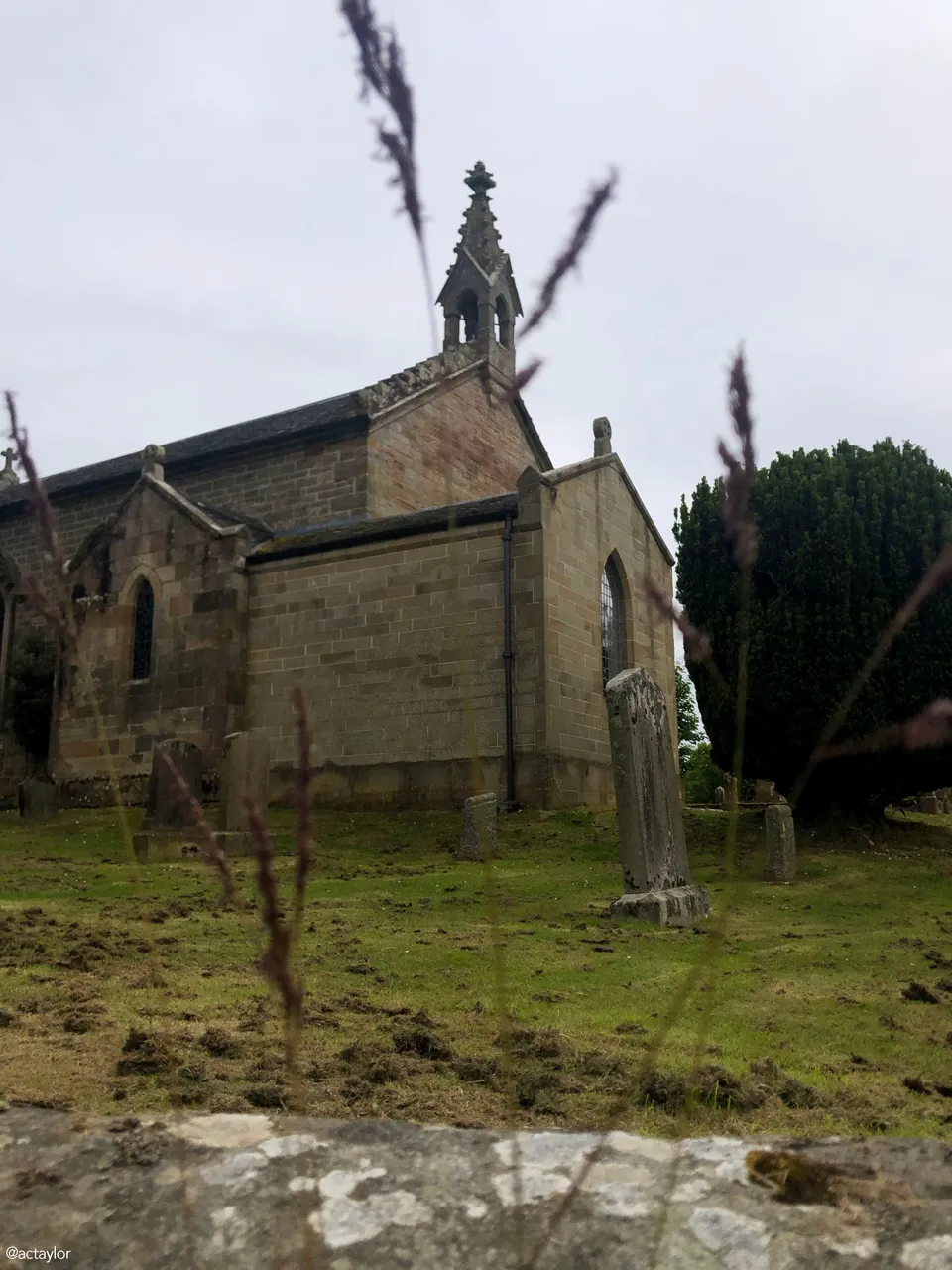
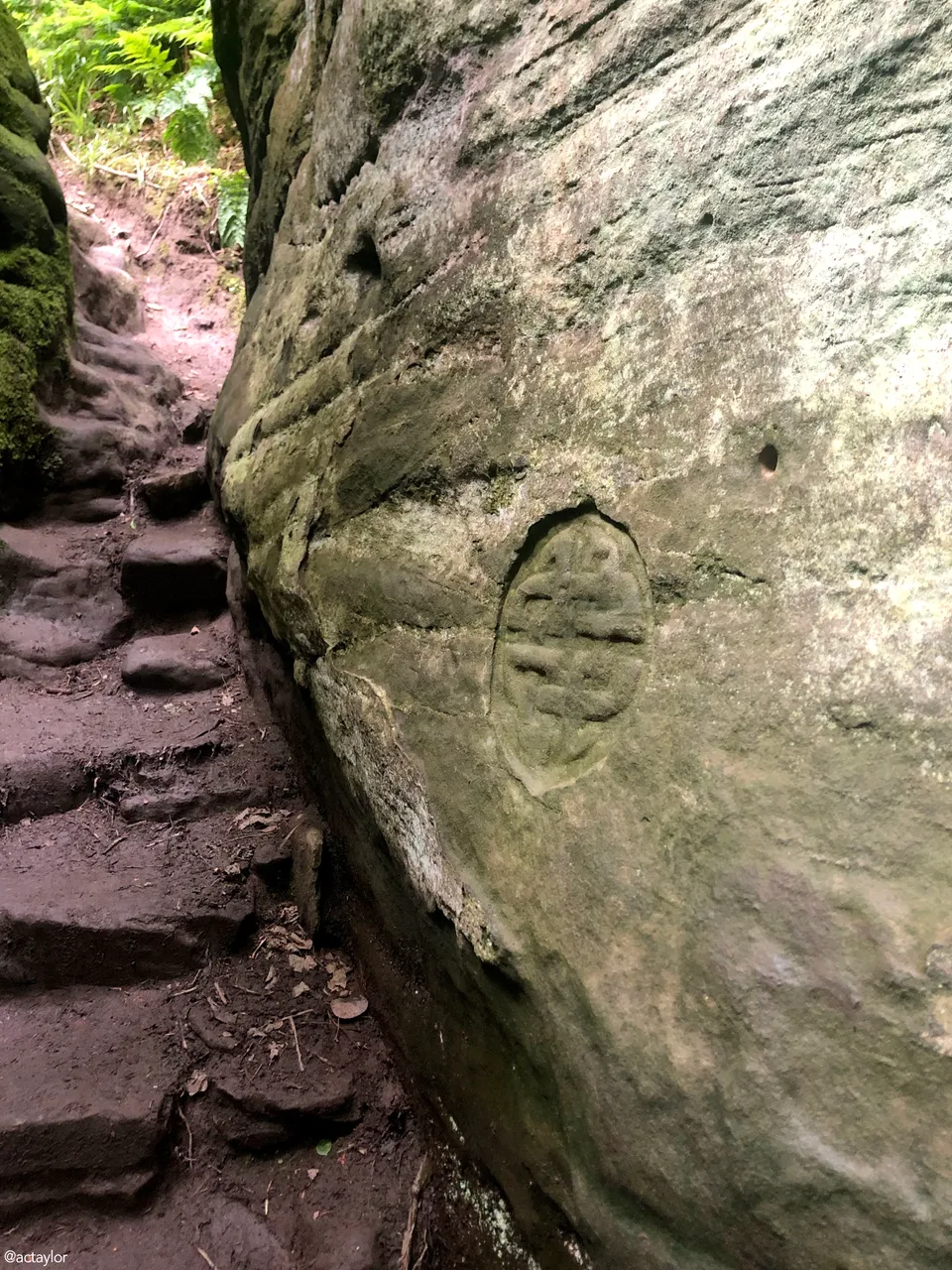
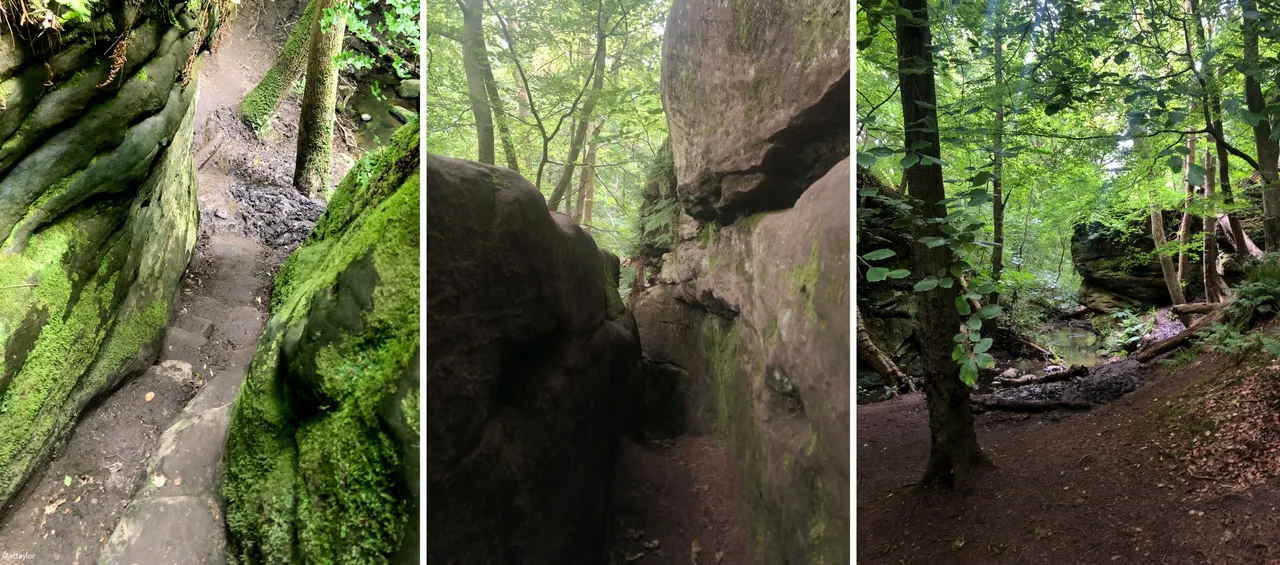
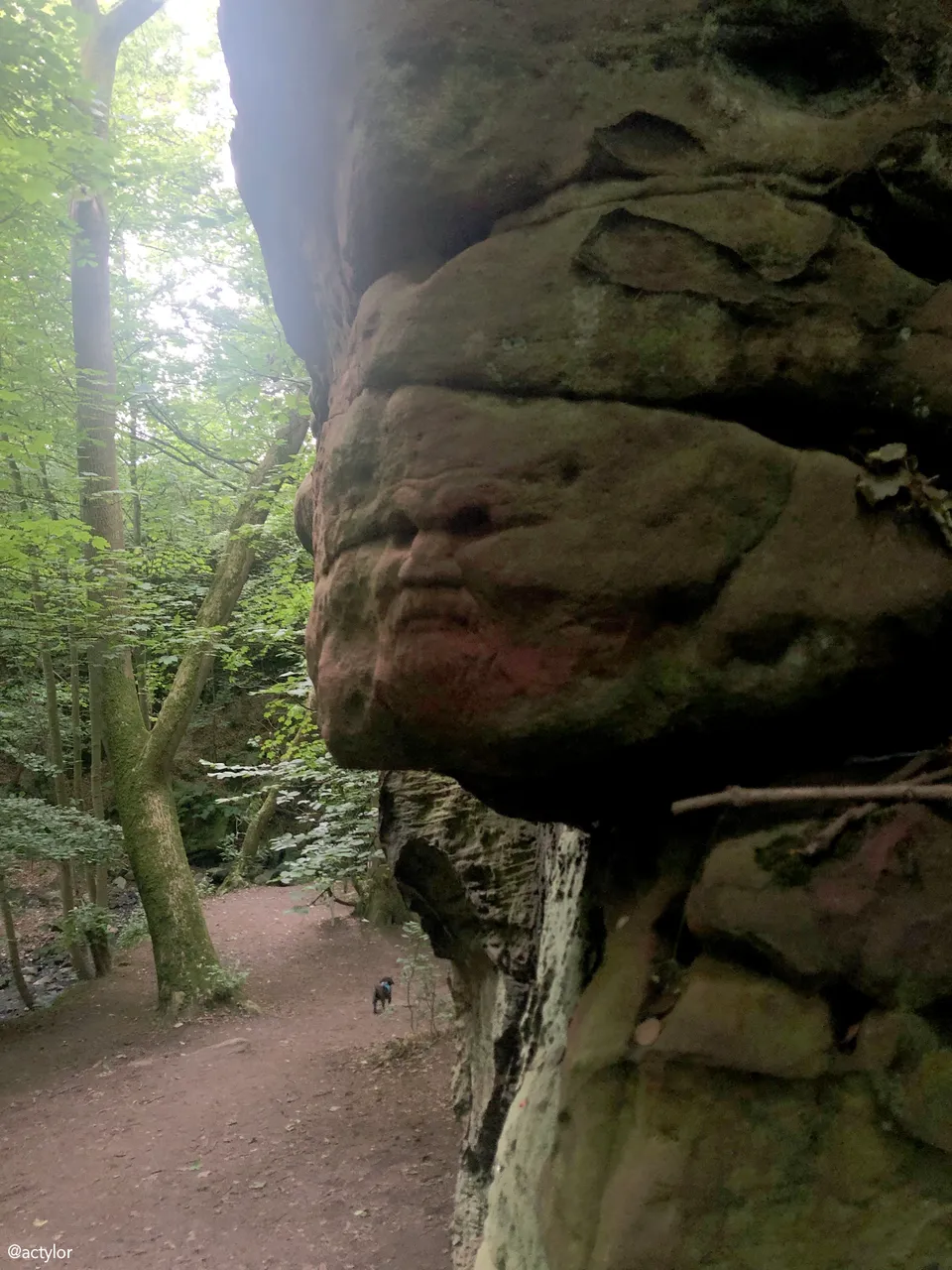

According to the McCulloch House Museum & Genealogy Centre, Druidism was a pagan spiritual practice aimed at fostering harmony, reverence, and spiritual connection between humans and the magic of nature. They further explain that Scottish Druids initially were men in the 4th and 5th centuries but later became exclusively practiced by women from the 13th century onwards. When female Druids became known, they were often referred to as fairy worshippers or witches. Interestingly, this connects with the theory that the name "Dunino" derives from the Gaelic "Dunnigheanach," meaning 'Fort of the Young Women' or 'Maidens'. Reports suggest that Dunino Den is at least 2,000 years old and remained in use until the 7th century AD, when Druidry was suppressed by Christian missionaries.
Mackie Outdoors, whose YouTube account is full of insightful explorations of strange sites come across during his expeditions wild camping, glamping and Munro bagging, describes the site in better detail than I. See below:
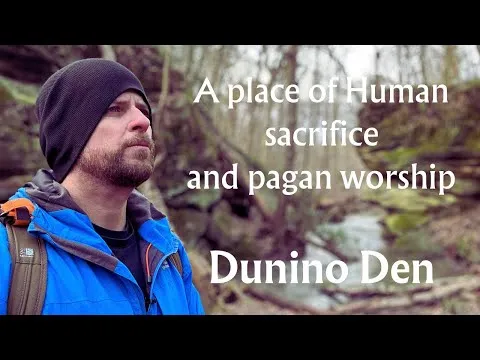 Dunino Den - A place of Human sacrifice and Pagan worship > source
Dunino Den - A place of Human sacrifice and Pagan worship > source
We’ll conclude this first part with a nod to the Pillars of Hercules, a rustic café on an organic farm. We stopped by to pick up dinner. Recommended for its excellent, homely, and ethical fare.
Tbc…
Disclaimer
Blogger: @actaylor
Photographs: unless otherwise noted, all images were taken by me or mum with an iPhone 8 and an iPhone 14